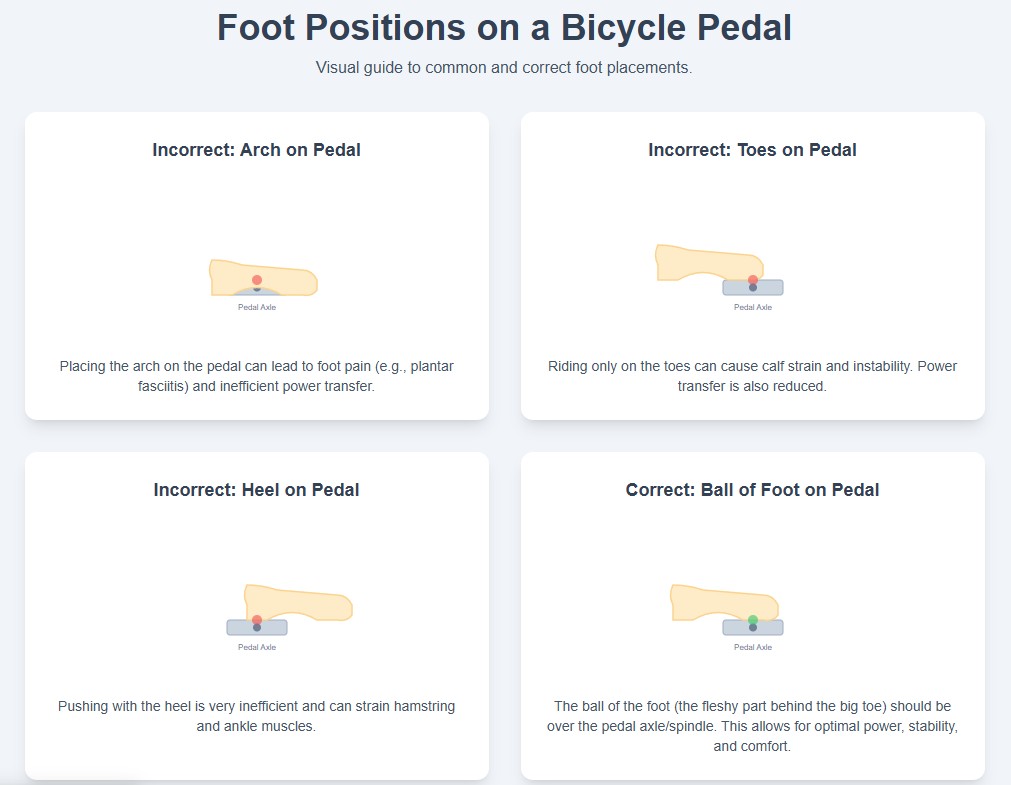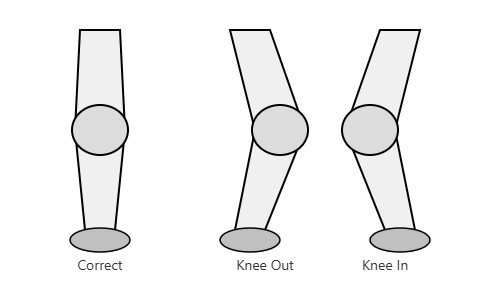Cycling Commuters Positions and Quirks: An Observation
Summer is here, and I see a lot of bicycles in the traffic in and around Heidelberg. Students, children and old people are all out riding their bikes, be it commute or just on fun rides. Winter Heidelberg is a little desolate, for cyclists, for most of them do endurance training indoors or pick up running, as it is freezing outside. Select brave few, like me, choose to cycle outdoors, mostly for commute, for cycling raises body temperature in a couple minutes and the winter climate is good for cooling the body more efficiently. Just my opinion.
I wanted to write this article for a while now, but the World Bicycle Day and people in Berlin riding bicycles on car-free autobahns for raising awareness of the street safety, was the activation energy to push me to write these thoughts down as a blog article. So, here it goes:
The following illustrates an ideal cycling position (pardon my sketches):

The front part of the foot (ball and toes) needs to be in contact with the pedal, neither the single toe nor the heel of the foot. And the major culprit for making people comfortable in these bad contact points, saddle height. A proper bike fit professional with knowledge of bio-kinetics of legs, your physical flexibility and some more factors can only fix an accurate saddle height. However, you can hit a close ballpark of a saddle height by measuring your inseam length, multiply it by 0.85, and there you have it, an approximate saddle height.

What length is this? It is the length from your saddle to the middle of the bottom bracket as marked in red line in the above image. How to test if it works? When riding seated on the saddle, if your knee is all stretched out at the bottom stroke point of the pedal, then your saddle is a little high and needs to go down a few millimeters. In a full stretched out position, if you hover over the saddle a little, but not seated, that is a very close approximation to a good saddle height.

Another observation is people’s knees pointing outside or inside, and not straight. That just puts unwanted torque on the knees that isn’t built to experience, and can cause problems. How to fix it? Fix the saddle height, and that goes away naturally.
Another observation is the tyre pressures. There are none on most bikes. I also observe chains not lubricated, brake pads (rim brakes, of course) rubbed to death, broken spokes in the wheels. A local bike mechanic can repair these issues, even though riding with these flaws is dangerous. Pumping air? Come on people, you can at least do that. You are wasting energy by dragging a tractor tyre by not pumping, not to mention the fact that you are ruining the tyre rubber and possibly the tube.
That sums up all the observations and rants that go in my head when I observe people cycling around Heidelberg.